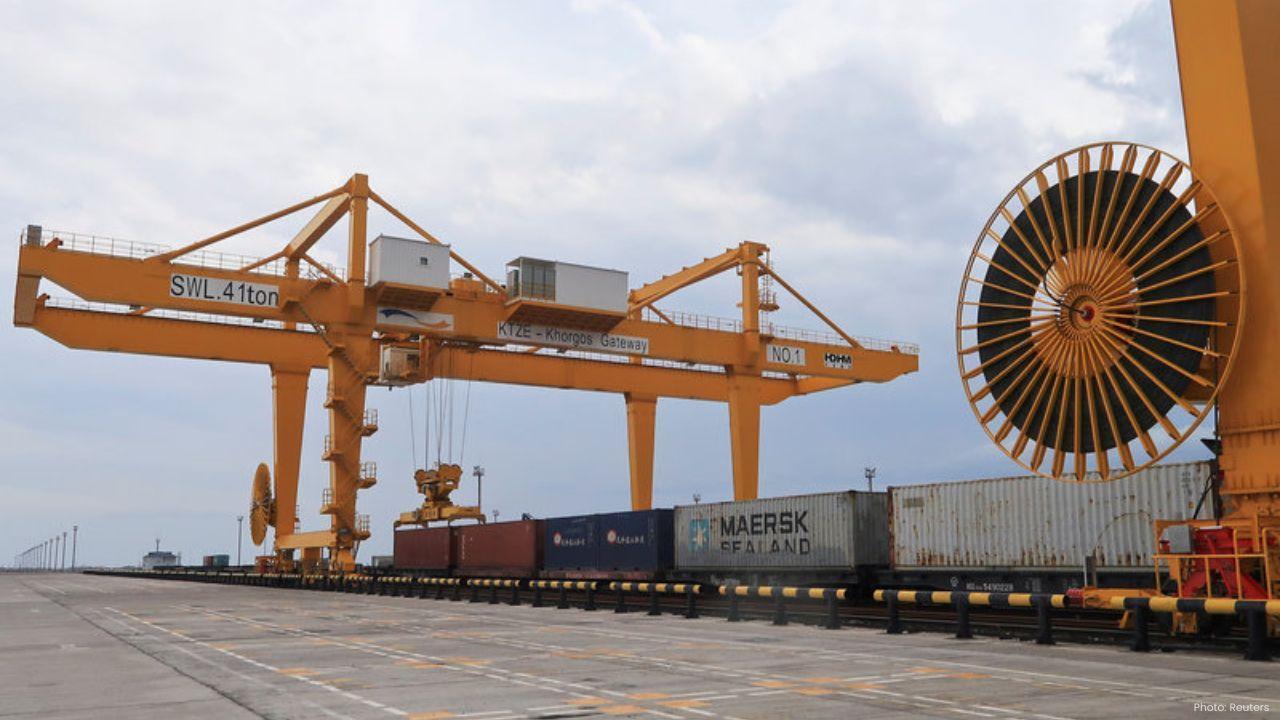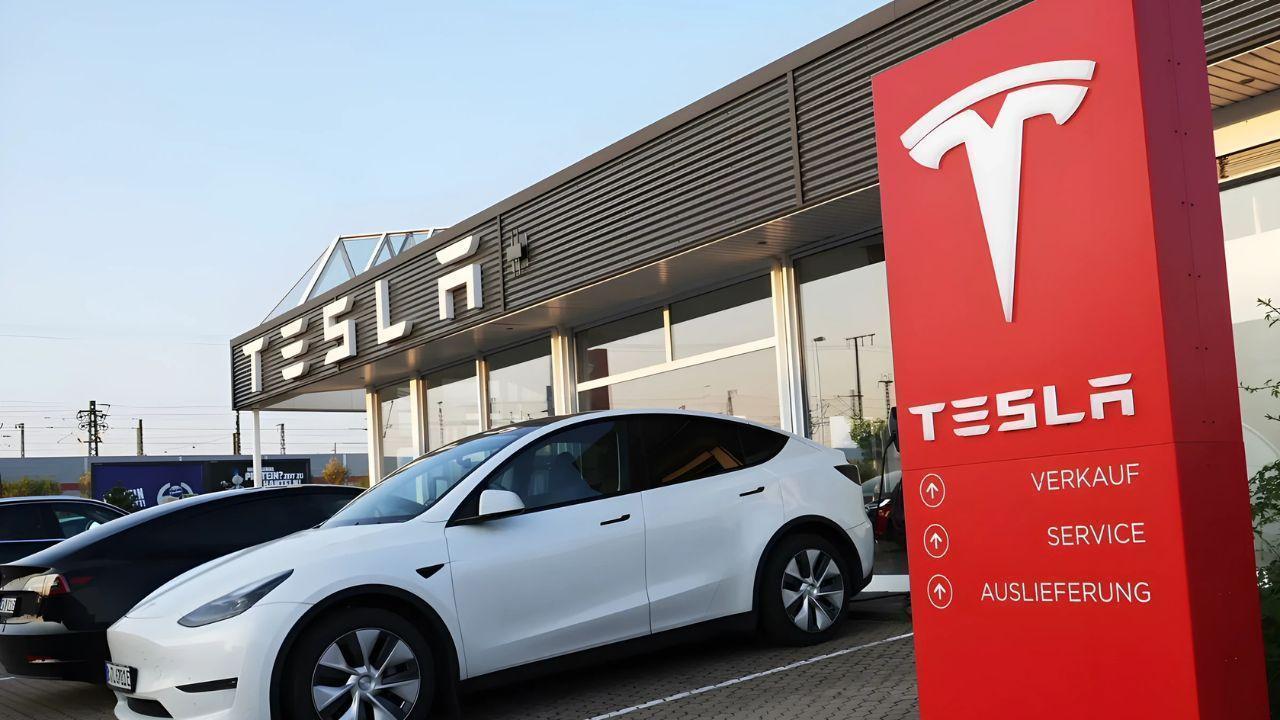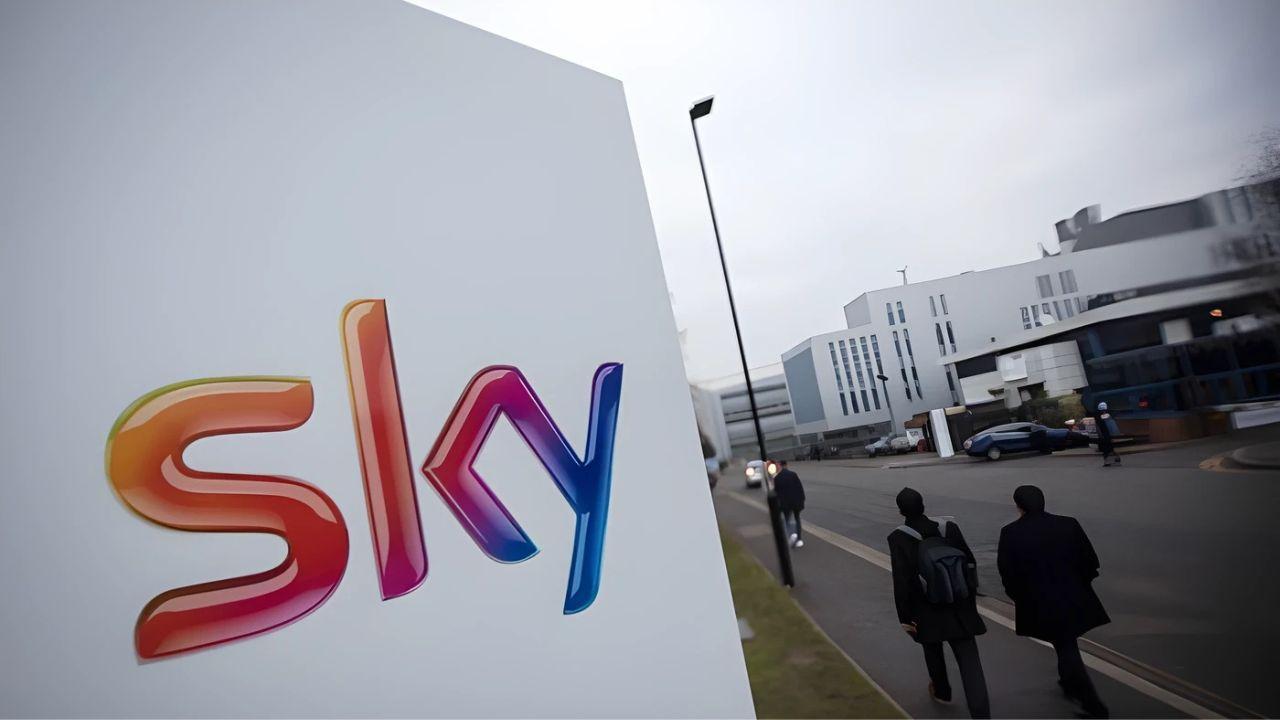
Post by : Avinab Raana
Photo : X / Aslı ERSOY
Wall Street analysts are turning up the heat on Ethereum expectations as Citi projects that Ether could settle around $4,300 by the end of this year. While that figure falls short of its recent all-time high, it's still viewed as a solid target in a year defined by volatile macroeconomic conditions, regulatory uncertainty, and shifting investor sentiment. Citi’s outlook reflects a nuanced balance: optimism over growing use cases and staking opportunities, tempered by concerns over whether current price levels are fully backed by underlying network activity.
Several factors underlie Citi’s cautious optimism. Demand for stablecoins and tokenization built on the Ethereum network is rising steadily, putting more pressure on transaction volumes and network usage. At the same time, the ability to stake Ether earning yield rather than relying solely on price appreciation adds another layer of attractiveness for long-term holders.
Citi notes, however, that current prices appear to be reflecting more sentiment than raw fundamentals. Rapid inflows, hype around new application launches, and general positive market momentum may be pushing the price above what daily active usage and transaction fee income would traditionally justify.
To capture the range of possible outcomes, Citi has laid out scenarios above and below its base target. In a bullish scenario—one where adoption accelerates, staking yields remain strong, and new applications pull in significant activity. Ether could rally toward $6,400 by year’s end.
On the other hand, in a more pessimistic case, downside risks from economic headwinds, regulatory tightening, or falling equity markets could drag the price toward $2,200. In this version of events, sentiment may turn quickly, and investors might retreat from speculative positions.
Some other institutions have offered even more aggressive targets for Ether, expecting stronger industry engagement or faster growth in stablecoin usage. These forecasts assume that the Ethereum ecosystem will benefit disproportionately from trends in tokenization, DeFi, and digital finance infrastructure.
Citi’s view, by contrast, is more conservative anchored in what it sees as more measurable metrics like transaction volumes, staking activity, and fee income. It acknowledges potential upside, but also emphasizes that many variables still need to align for a stronger breakout.
Citi’s forecast also highlights several risk factors that could derail upward momentum. Macroeconomic risks are front and center: interest rates, inflation, and global economic slowdowns could reduce available capital to crypto markets. Regulatory pressures either from securities authorities, tax rules, or policy shifts regarding cryptocurrencies pose another risk.
Moreover, Ethereum itself faces internal challenges: network congestion, transaction fee spikes, or competition from alternate blockchains offering lower fees or faster throughput could reduce its growth. If those challenges materialize, they may undercut the assumptions that underpin the more bullish scenarios.
In this forecast, staking and utility on the network are not just side notes, they are central pillars. Ethereum’s staking model allows holders to earn returns by locking up tokens, which helps reduce circulating supply and adds incentive for long-term holding. Tokenization and stablecoin activity, meanwhile, generate transaction demand and fee income, forming a feedback loop: more use leads to more demand for staking and more network activity.
Citi argues that unless those fundamentals continue to improve transaction fees, stablecoin flows, DeFi usage, and other on-chain metrics—the current elevated price may remain fragile.
For investors, Citi’s $4,300 target is both cautionary and hopeful. It signals that Ether may have limited room to grow unless real adoption picks up, but also that downside risk is somewhat contained provided network usage remains strong and no major regulatory shocks occur.
For those watching closely, early signs to monitor include staking participation rates, stablecoin issuance and activity, Ethereum gas fees, and on-chain transaction volumes. Quarterly financial and regulatory announcements will be key, as will macro data whether inflation eases or economic growth slows sharply.
Final Thoughts on Ether’s Path Forward
Citi’s forecast places Ether in a middle ground: not quite matching its recent highs, but far from writing it off. The projection of $4,300 by year-end appears to reflect a realistic assessment of current strengths staking rewards, stablecoin demand, and tokenization while recognizing that sentiment and macro forces can swing sharply.
If things pace out well, Ethereum could outperform this base case. If adversity strikes, it could slip toward lower levels. For investors, the message is clear: bet on utility, stay alert to risk, and expect volatility because in the world of crypto, the journey matters as much as the destination.
Ether forecast, Stablecoin demand, Tokenization










Honda Cuts Prices on Scooters and Bikes After GST 2.0 Revision
Honda reduces prices on Activa Dio Shine CB350, passing GST 2.0 benefits to customers with savings u

India’s Cold Chain Industry Expanding Beyond Vaccines to Foods
India’s cold chain industry grows beyond vaccines, driven by frozen foods dairy fresh produce and fa

Delta Air Lines Launches Daily Nonstop Flight from Austin to Miami
Delta adds daily nonstop flights from Austin to Miami, giving travelers more convenient options and

Servotech Partners with Enovra to Bring Solar & EV Chargers to Mauritius
Servotech forms deal with Mauritius-based Enovra to supply solar solutions & EV chargers with Enovra

WSC launches global cargo safety programme to stop dangerous ship fires
WSC unveils a safety programme using AI-based cargo screening and joint standards to catch misdeclar

Mahindra NOVO Series Turns 11 Premium Upgrades & 6-Year Warranty Added
Mahindra marks 11 years of its NOVO tractor line by adding Creeper Mode, mBoost tech, better hydraul